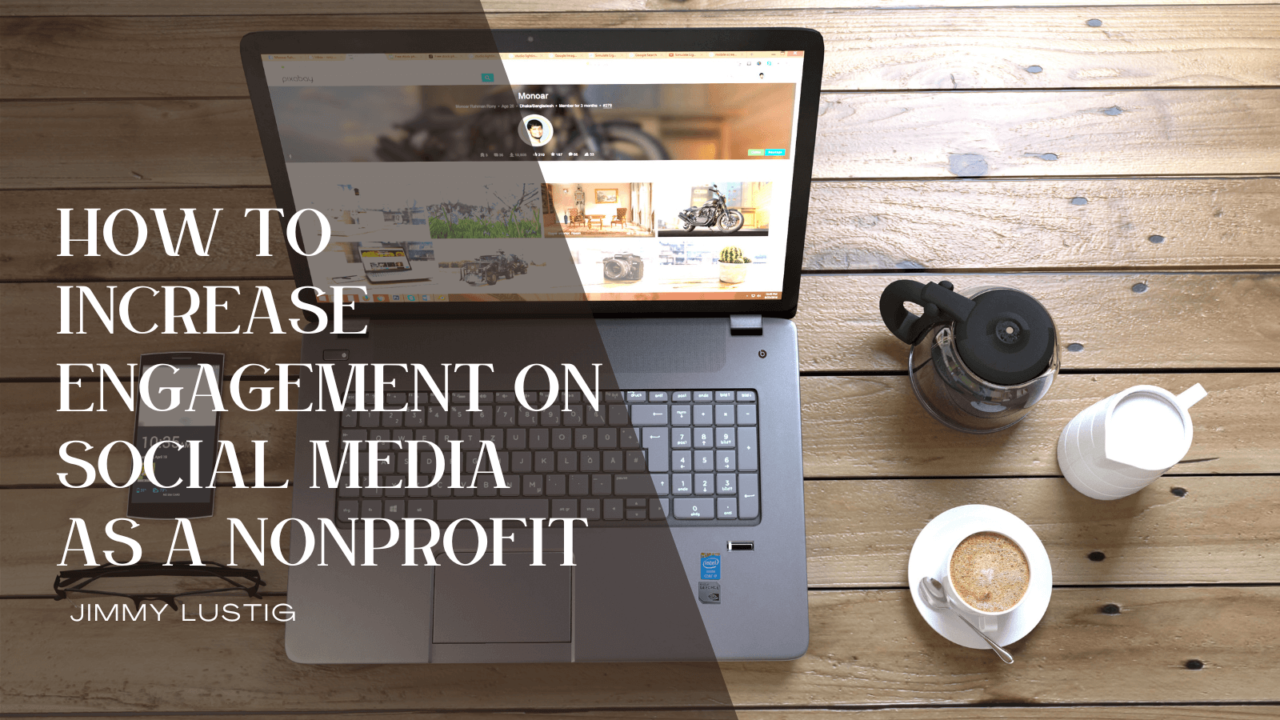Most nonprofits have Facebook pages mainly used to communicate with their supporters. They also use it to create events and respond to questions. However, this level of engagement is not an effective way to get people to become advocates. Even if you have thousands of followers on Facebook, none of them will ever act as advocates or donate to the organization if they never see your posts.
Social media is a powerful tool for organizations to reach out to their communities and build support for their cause. The latest research shows that over three billion people use social media globally. Use these steps to get started and get others to help you improve the world.
Know Your Audience
Like in real life, people are not always going to be friends on social media. However, connecting with like-minded individuals is very important for mental health. Before using social media, you must identify the people most likely to support your mission. This will include the individuals involved in the organization’s operations, such as volunteers and staff members. You can also create a list of characteristics that your potential supporters share.
Choose the Right Platform
It can be hard to keep up with all the details about social media platforms, especially if you’re a small business or a nonprofit. However, it’s important to remember the differences between different platforms and that choosing the right one for your organization is essential. Having the right media mix can help boost your marketing efforts’ effectiveness and attract more potential supporters. It’s important to remember that different platforms have their capabilities and uses. For instance, LinkedIn and Twitter have unique abilities and can reach different audiences.
Create a Consistent Brand Voice
After you have identified the ideal platform, it’s time to start creating content for your social media platforms. Before you start working on your content, take a minute to think about the various pages that you like on Instagram or Facebook and why you like seeing their content. Social media lets you share your organization’s perspective and connect with your target audiences. Some organizations have charismatic leaders who can be featured on platforms such as LinkedIn or Twitter. Others use content generated by their followers or feature their clients. Whatever you choose, create something your audience will like and return for more.
As you build and refine your strategy, remember that it’s a process that will eventually change. Having a well-defined and consistent approach will allow you to reach out to more potential supporters and increase the engagement of your social media efforts.
